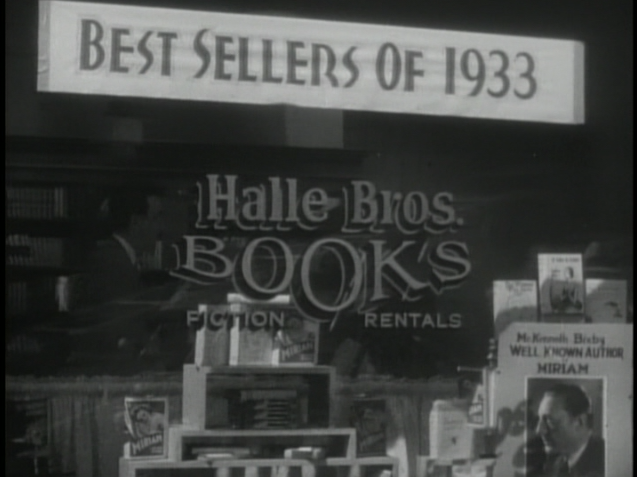This year's virtual TCM Classic Film Festival kicks off with some special presentations including the late night premiere of Doctor X (1932), recently restored by UCLA Film and Television Archive and The Film Foundation in association with Warner Bros. Entertainment. Doctor X was the first of three horror films, including Mystery of the Wax Museum (1933) and The Walking Dead (1936), that director Michael Curtiz made for Warner Bros.
The film stars Lionel Atwill as Doctor Xavier, one of several scientists who are being probed for their possible involvement in a string of murders. A killer is on the loose, searching for his victims during the full moon, brutally murdering them and mutilating their bodies afterwards. Doctor X theorizes that the murderer is triggered by a past trauma and that this will help them solve the mystery. Newspaper reporter Lee Taylor (Lee Tracy) is desperate to get the scoop and infiltrates the home of Doctor X to get insider information. There he meets the doctor's daughter Joanne (Fay Wray) who is protective of her father yet concerned about his involvement in the matter. Doctor X rounds up all the scientists including Wells (Preston Foster) Haines (John Wray), Duke, (Harry Beresford) and Rowitz (Arthur Edmund Carewe) for an unusual experiment to uncover the identity of the Moon Killer.
Doctor X is a wonderful mad scientist mystery with plenty spooks, a few laughs and some sex thrown in for good measure (it is a pre-code film after all). The film was shot in black-and-white by Richard Tower and in two-strip Technicolor by Ray Rennahan. The color version was considered lost for years until a print was recovered in Warner Bros.' executive Jack L. Warner's belongings after he died in 1978.
The restoration of Doctor X (1932) in its original two-strip Technicolor premieres tonight on TCM as part of their late-night line-up for the TCM Classic Film Festival. Film historian and Michael Curtiz biographer Alan K. Rode will be presenting the film. Rode will explain how Doctor X fits into Curtiz' filmography, the history of Warner Bros., its importance as an early horror film and a side-by-side comparison of the old and new print. The restored Technicolor version of the film looks incredible. This is a real treat and one you won't want to miss.



















